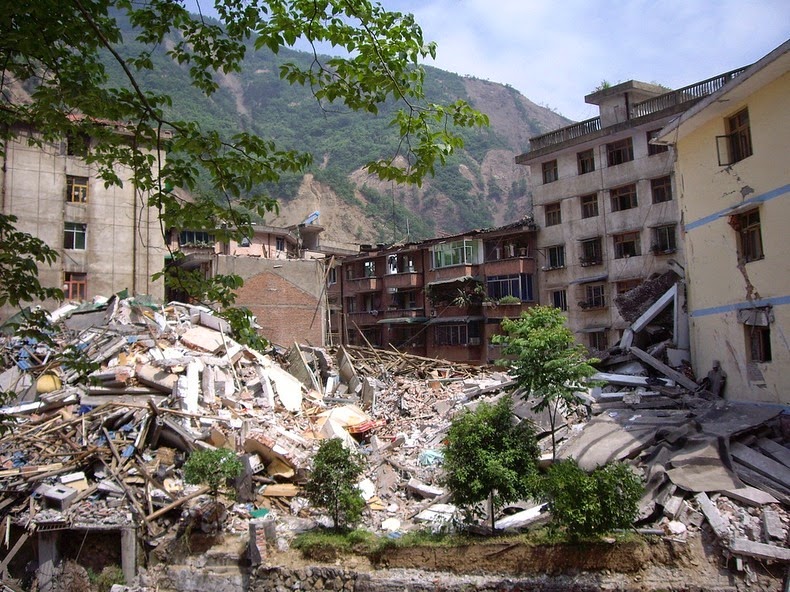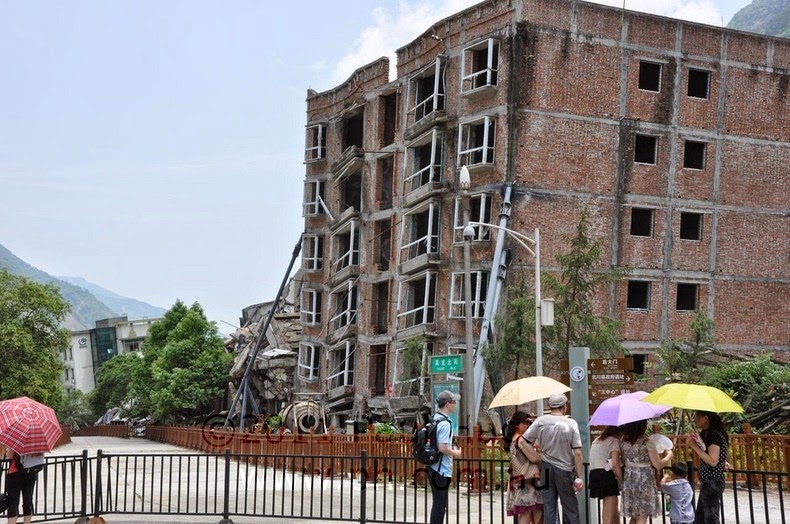Few places provide the opportunity to see the aftermath of a violent natural calamity. The town of Beichuan is one of them.
Beichuan is a rural town located approximately 143 kilometers north of the provincial capital of Chengdu, in China, in a valley well-known for the Longmen or Dragon Gate seismic fault. In May 12, 2008, the town was ravaged to the ground by a devastating earthquake measuring 7.9 magnitude in the Richer scale that rocked the region and reduced large swathes of Sichuan province to a hellish jumble of concrete and limbs. More than 90,000 people are believed to have died - 8,600 in Beichuan alone, or almost half of the town’s population. Among these were 1,300 children when a large populated school collapsed.
After the earthquake shattered the town, the government was faced with the insurmountable task of cleaning up the place and providing shelter to those displaced. With more than 80% of the buildings in Beichaun leveled to the ground, this was proving to be a logistical challenge. Condition was further aggravated by landslides that buried the town under several stories worth of mud. Finally, it was decided that Beichuan would never be rebuilt, or even excavated, but would remain in its current state as a memorial.
Today, Beichuan appear frozen in time, its crumbling buildings preserved almost exactly as they fell. In this giant open-air memorial, visitors can witness first-hand the devastation brought upon this mountainous corner of south-west China. The memorial represents one of the only cases of preserving the ruins of a modern city that has been struck by an earthquake. The town is mostly preserved as the earthquake left it, save for support structure around buildings to make the ruins safe for visitors. Many of the buildings appear much as they did only a few minutes after the earthquake struck.
Beichun surviving population were moved to a new town down hill in Yongchang, 12 miles away from the old site.
Also see: Italy's Earthquake Ravaged Ghost Towns


Sources: National Post / Telegraph / China Highlights
























So- all the bodies were left in the buildings as well?
ReplyDeleteSeems like more of a testament to very poor construction standards in an earthquake prone area. They should take the example of the Japanese who have stronger earthquakes and a far superior infrastructure.
ReplyDelete